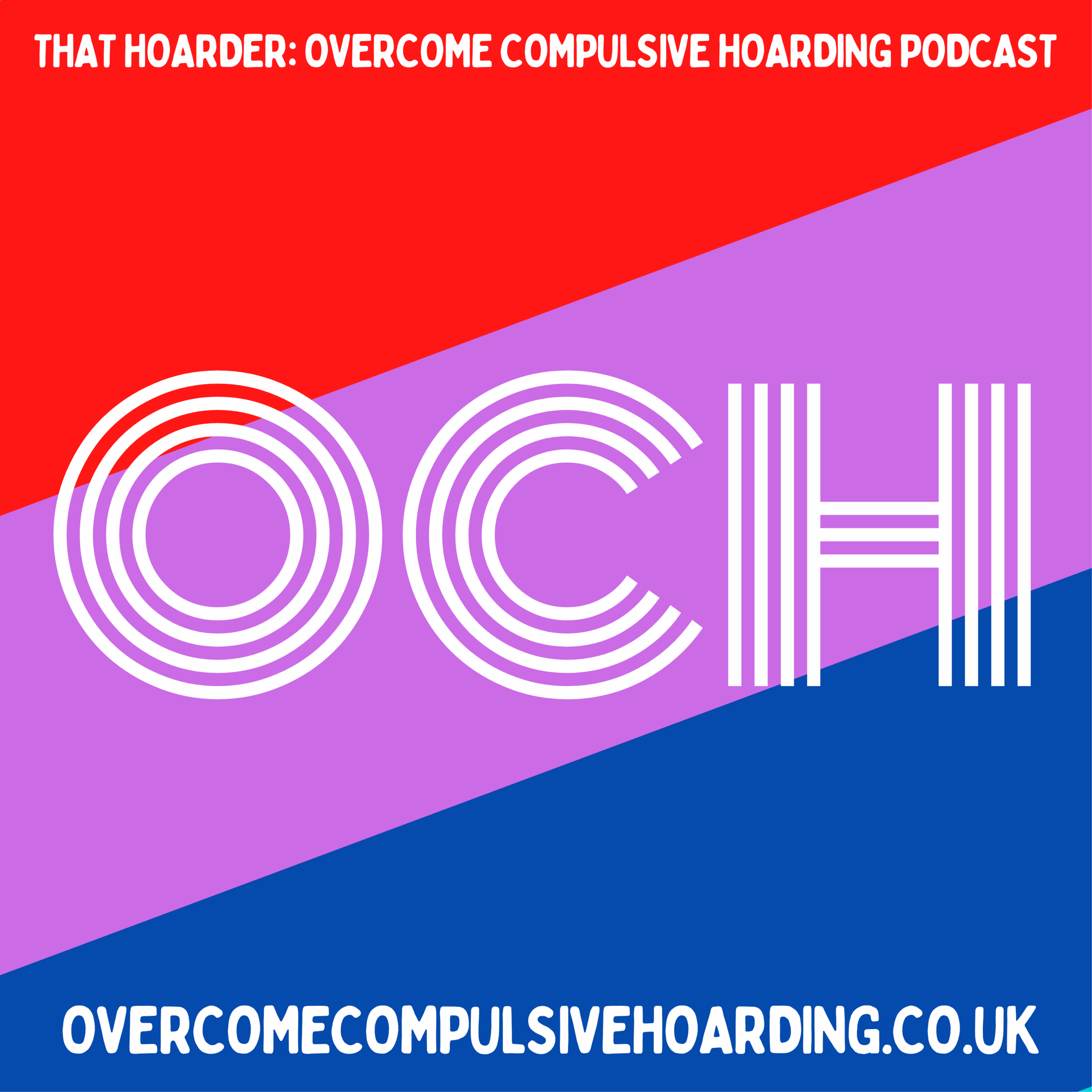Listen "#165 Distraction-free idea capture: Transforming chaotic thought streams into actionable to-do lists"
Episode Synopsis
Get your 2025 decluttering calendar: http://www.overcomecompulsivehoarding.co.uk/2025
Come to a Dehoarding Accountability Zoom Session: http://www.overcomecompulsivehoarding.co.uk/ticket
Subscribe to the podcast: https://www.overcomecompulsivehoarding.co.uk/subscribe
Podcast show notes, links and transcript: http://www.overcomecompulsivehoarding.co.uk/
Avoiding the chaos of complex idea capture systems is vital for preventing distraction and overwhelm. Today, I'm sharing practical strategies for transitioning from idea capture to action, breaking down large tasks into manageable subtasks and exploring tools like Google Tasks and voice assistants for prioritisation and organisation. Plus, I reflect on my own long-term struggle with to-do lists and how to experiment with different approaches to find a system that suits your needs.
Simplifying Idea Capture
Avoid complex systems to prevent distraction and overwhelm.
Focus on simple, streamlined methods for capturing ideas.
Set dedicated idea capture times to minimise distractions.
Organising Idea Capture Materials
Ensure materials and tools are easily accessible.
Utilise technology for effortless idea capture using voice assistants.
Transitioning from Idea Capture to Action
Prioritise tasks based on urgency, impact, or personal goals.
Structure and prioritise tasks.
Break down large tasks into smaller, manageable subtasks.
Combining Digital and Non-Digital Methods
Use written to-do lists to complement digital systems for immediate tasks.
Essential Elements for an Effective System
Thinker's Notebook's five elements: omnipresence, efficiency, organisation, security, and offline thinking.
Exploring Digital and Non-Digital Tools
Popular digital tools: Evernote, OneNote, ToodleDo, Todoist, Trello, Taiga.io, Google Calendar, Outlook Calendar, Google Tasks.
Non-digital methods: scraps of paper, notebooks, preprinted planners, bullet journals, mind maps.
Personalising the Capture Method
Importance of selecting a method suited to personal preferences and technical comfort level.
Experimentation with different approaches.
Two-Step Strategy for Idea Capture
Combine digital or portable capture methods with comprehensive home organisation tools.
Mind Mapping for Subtasks
Use mind maps to break down tasks, providing a visual representation.
Realistic Time Management
Decide on timings based on deadlines and personal flexibility.
Visual Task Management
Track progress and prioritise tasks using visual tools like checklists or kanban boards.
Prioritisation and Breaking Down Tasks
Organise tasks by priority for easier management.
Divide large tasks into smaller parts for simplification.
Timely Task Execution
Be realistic about time required for tasks and accommodate flexibility.
Psychological Boost from Completion
Mark tasks as completed for a dopamine boost and visual progress tracking.
Adapting Idea Capture Systems
Experiment with various methods to find an effective system that suits personal needs and goals.
Come to a Dehoarding Accountability Zoom Session: http://www.overcomecompulsivehoarding.co.uk/ticket
Subscribe to the podcast: https://www.overcomecompulsivehoarding.co.uk/subscribe
Podcast show notes, links and transcript: http://www.overcomecompulsivehoarding.co.uk/
Avoiding the chaos of complex idea capture systems is vital for preventing distraction and overwhelm. Today, I'm sharing practical strategies for transitioning from idea capture to action, breaking down large tasks into manageable subtasks and exploring tools like Google Tasks and voice assistants for prioritisation and organisation. Plus, I reflect on my own long-term struggle with to-do lists and how to experiment with different approaches to find a system that suits your needs.
Simplifying Idea Capture
Avoid complex systems to prevent distraction and overwhelm.
Focus on simple, streamlined methods for capturing ideas.
Set dedicated idea capture times to minimise distractions.
Organising Idea Capture Materials
Ensure materials and tools are easily accessible.
Utilise technology for effortless idea capture using voice assistants.
Transitioning from Idea Capture to Action
Prioritise tasks based on urgency, impact, or personal goals.
Structure and prioritise tasks.
Break down large tasks into smaller, manageable subtasks.
Combining Digital and Non-Digital Methods
Use written to-do lists to complement digital systems for immediate tasks.
Essential Elements for an Effective System
Thinker's Notebook's five elements: omnipresence, efficiency, organisation, security, and offline thinking.
Exploring Digital and Non-Digital Tools
Popular digital tools: Evernote, OneNote, ToodleDo, Todoist, Trello, Taiga.io, Google Calendar, Outlook Calendar, Google Tasks.
Non-digital methods: scraps of paper, notebooks, preprinted planners, bullet journals, mind maps.
Personalising the Capture Method
Importance of selecting a method suited to personal preferences and technical comfort level.
Experimentation with different approaches.
Two-Step Strategy for Idea Capture
Combine digital or portable capture methods with comprehensive home organisation tools.
Mind Mapping for Subtasks
Use mind maps to break down tasks, providing a visual representation.
Realistic Time Management
Decide on timings based on deadlines and personal flexibility.
Visual Task Management
Track progress and prioritise tasks using visual tools like checklists or kanban boards.
Prioritisation and Breaking Down Tasks
Organise tasks by priority for easier management.
Divide large tasks into smaller parts for simplification.
Timely Task Execution
Be realistic about time required for tasks and accommodate flexibility.
Psychological Boost from Completion
Mark tasks as completed for a dopamine boost and visual progress tracking.
Adapting Idea Capture Systems
Experiment with various methods to find an effective system that suits personal needs and goals.
 ZARZA We are Zarza, the prestigious firm behind major projects in information technology.
ZARZA We are Zarza, the prestigious firm behind major projects in information technology.
